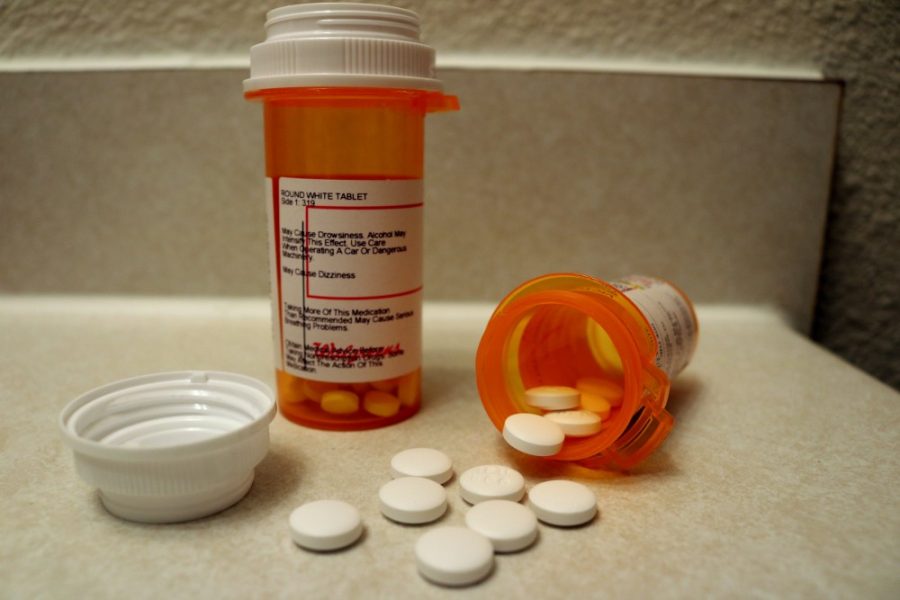Last week, President Barack Obama announced a new series of initiatives to combat opioid abuse in America.
Announced at the National Rx Drug Abuse and Heroin Summit, the regulations would call for an additional $1.1 billion in spending to address the country’s opioid epidemic.
According to the National Institute of Drug Abuse, opioids are a class of drugs that act on the nervous system to reduce pain. Some commonly prescribed medications that fall in this category are Percocet, Vicodin and Morphine. In addition, Heroin, a highly addictive and illegal substance, is also classified as an opioid.
One of the most significant initiatives announced will increase the number of physicians eligible to prescribe buprenorphine, a powerful medication used to combat opioid abuse.
Under the current regulations, physicians are limited to prescribing buprenorphine to 100 patients per physician. In addition, the number of physicians eligible to prescribe the drug has been limited at roughly 3 percent of those across the nation.
The new initiatives will raise the number of patients a physician can treat to 200 and will also seek to increase the number of providers nationwide eligible to prescribe the drug.
Dr. Susan Hadley, a family medicine physician at Banner — Health University Medical Center South, described the new plan as “an excellent initiative that allows primary care physicians more power in treating opioid addiction”
Hadley has dealt with opioid dependency in her own patient population.
“I once had a patient who was taking opioids for chronic pain but also battling depression as well,” Hadley said. “She took too many pills and ended up in the Intensive Care Unit.”
Hadley is one of the 3 percent of physicians nationwide licensed to treat opioid addiction with buprenorphine. She hopes that with the increased limit on patients allowed to be treated, more will seek help for cutting their opioid addiction.
Some of the other initiatives announced include establishing a Mental Health and Substance Use Disorder Task Force and allocating $7 million to investigate heroin distribution in the U.S..
Opioid abuse in the United States has been a growing concern for many in the health industry. The U.S. has an estimated 5 percent of the world’s population, but is responsible for consuming 80 percent of the world’s opioids.
The NIDA also reported the number of prescriptions for opioid medication has increased from 76 million in 1991 to roughly 207 million in 2013.
In fact, drug overdose is the leading cause of accidental death in the U.S., according to the American Society of Addiction Medicine.
“We are seeing more people killed because of opioid overdose than traffic accidents,” Obama said during the summit.
The Centers for Disease Control and Prevention reported that in 2014, over 28,000 people died of opioid overdose — more than any other year on record.
“A lot of people tragically die of car accidents, and we spend a lot of time and a lot of resources to reduce those fatalities,” Obama said. “And the good news is, that we’ve actually been very successful.”
Follow Akshay Syal on Twitter.









